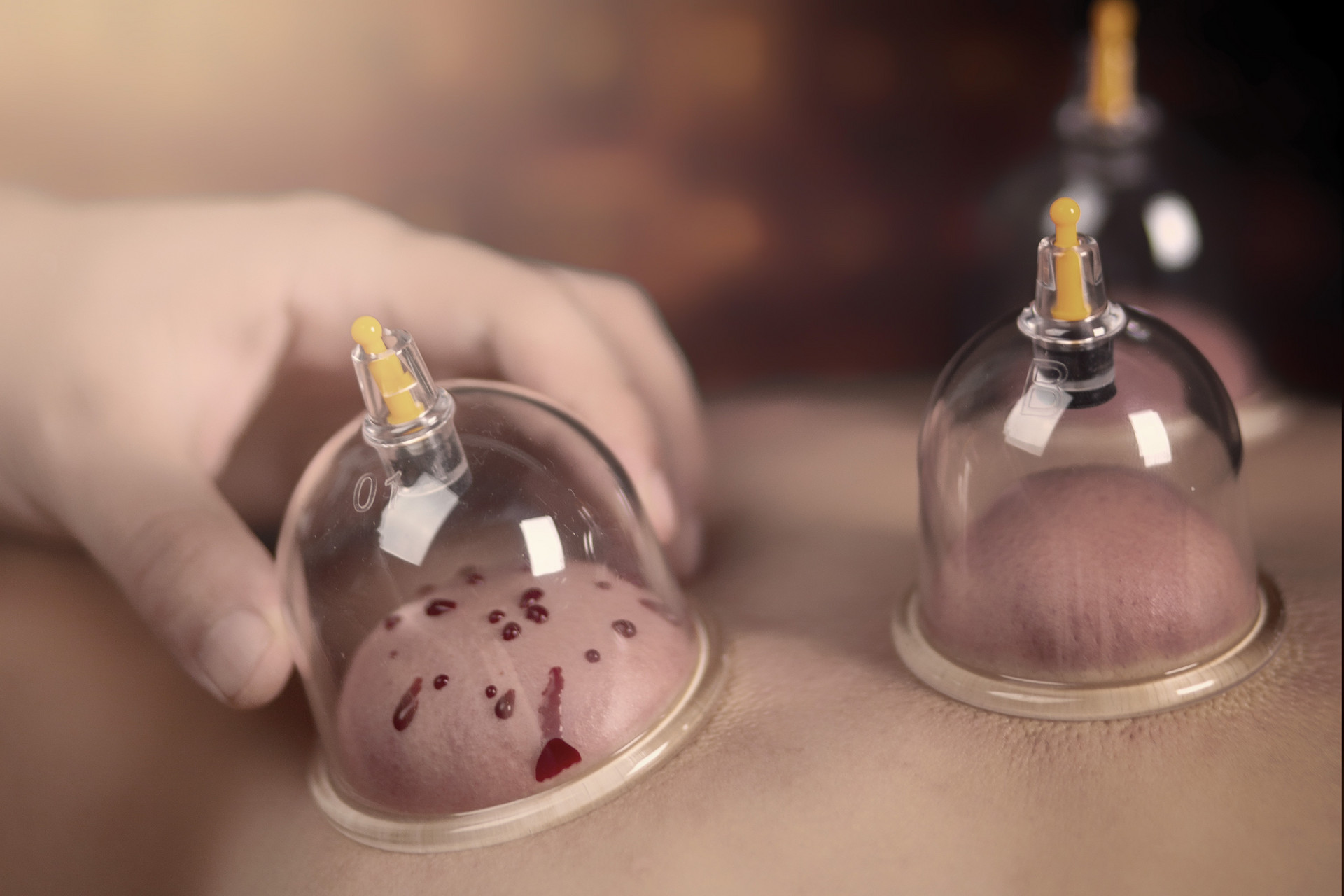There are roughly five reasons why blisters may appear after cupping therapy, but what are some other possible causes? And how should you deal with this situation once it occurs?
Heavy cold and dampness in the body
When there is a heavy presence of cold and dampness in the body, cupping therapy can help expel the dampness. This can manifest as small water droplets on the cupping jar or blisters, indicating an excessive presence of cold and dampness in the body.
Higher temperature of the cupping jar
This situation may occur during flash cupping, as the temperature of the cupping jar used in this method is higher compared to other commonly used methods. If the cupping jars are left on the body for too long, blisters may occur, although this is relatively uncommon, especially for professional therapists.
Differences in body regions
Different parts of the body have varying conditions, and the meridians also differ significantly. Therefore, while cupping may cause blisters in certain areas, other areas may not be affected. In general, blisters are more likely to appear on the back, sides, and buttocks.
Excessive duration of cupping
Leaving the cupping jars on the body for too long can also lead to blisters. The duration varies depending on individual constitution, and those who have previous cupping experience should adjust the duration accordingly. However, it can be difficult to predict for first-time cupping patients, and sometimes blisters may occur if the jars are left on for slightly longer. It is recommended to start with shorter durations for first-time cupping and gradually increase the duration in subsequent sessions.
Excessive force during cupping
The final action of removing the cupping jars is also crucial. Sometimes blisters may not appear during the cupping process, but they may develop within seconds after the jars are removed. This is due to excessive force and speed during cupping, causing the skin to rapidly cool and a sudden change in atmospheric pressure. The skin surface may not be able to tolerate this sudden change, resulting in blisters.
How to deal with cupping blisters
Untouched blisters
1. Small blisters do not require treatment. For larger blisters, disinfect a needle and puncture the blister, then gently squeeze out some of the fluid. Afterward, lightly wipe the area with iodine to prevent infection. It will heal over time. If the blister is large, consulting a doctor for further treatment is advisable.
2. Dissolve an appropriate amount of table salt in cool boiled water, soak a piece of gauze in the solution, and apply it to the blistered area. Change the dressing as needed.
Broken blisters
First, disinfect the area with iodine to prevent infection, then secure the wound with an adhesive bandage. If the tear is large and the skin has peeled off, consult a doctor for further treatment.












